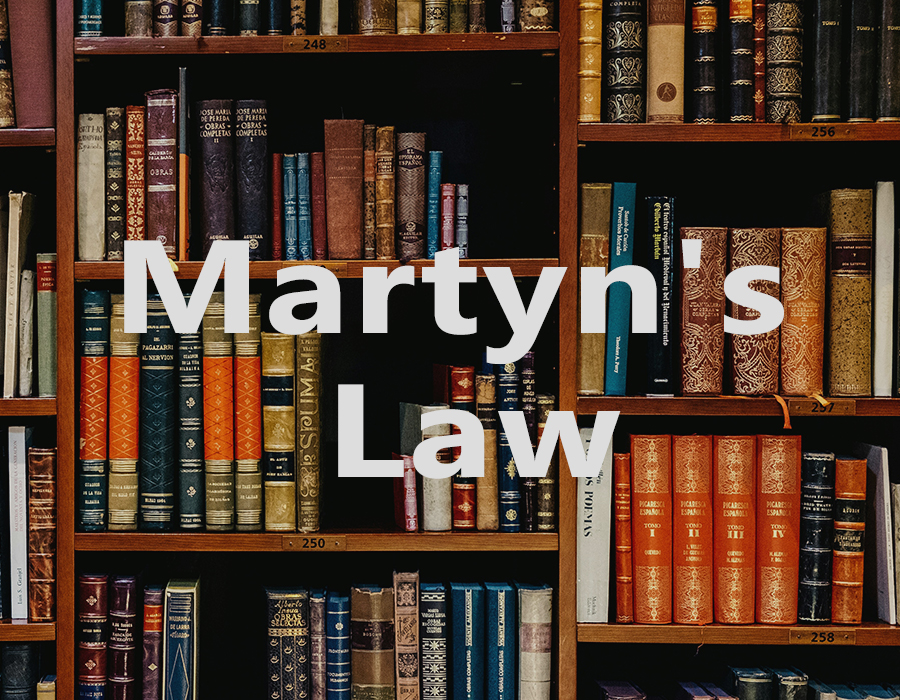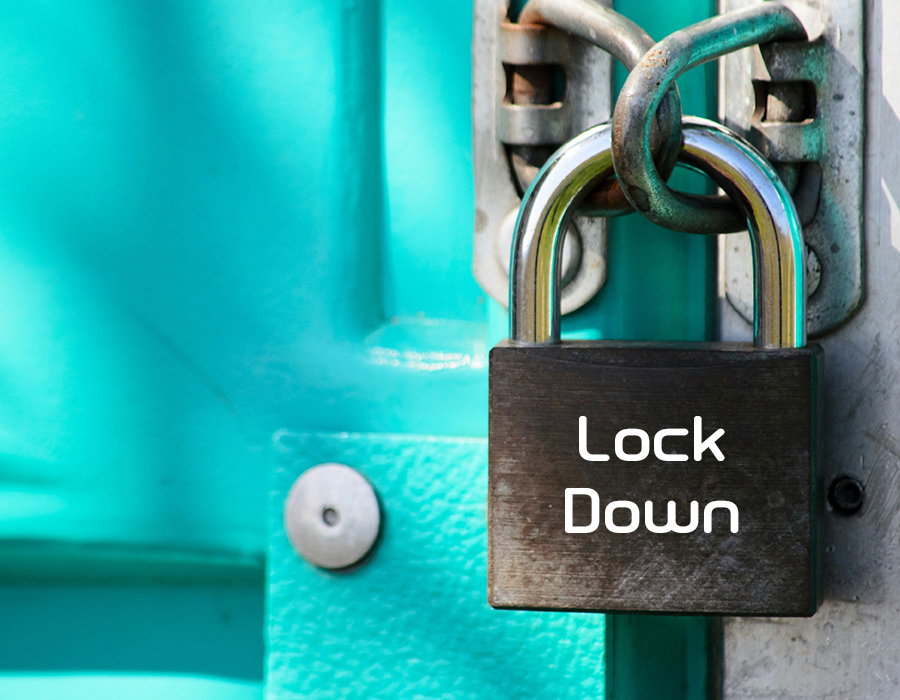Lockdown Systems
Audio is a key communications component used within lockdown systems and security policies to provide mass notification and instructional commands.
Home / Audio Applications / Lockdown Systems
What is lockdown?
‘Lockdown’ is a term used to describe a specific security measure taken during an emergency situation. A lockdown event will typically prevent people from entering or leaving a site or building (eg. students from their school classrooms or workers from their place of work). Depending on the type of incident, any people on site but are outdoors (eg. pupils on a school playing field) would ‘Invacuate’ to a safe place of refuge, inside. Securing and locking of doors, windows and other containing barriers such as fences and gates. Access control policy measures are enable investigation and resolution by security and emergency services.
Lockdown Events (examples)
- Active incident (eg. physical, knife, gun)
- Threats of harm or safety
- Local air pollution (eg. fire or chemical)
- Loose / roaming dog
- Local area incident, disturbance or protest
- Local authority or emergency instruction
Audio and lockdown systems
With a decision to lockdown, rapid mass communication to inform, instruct and control must follow. Communication is likely to include a series of site wide audio announcements. Lockdown systems typically employ the following audio device entities.
- Lockdown Trigger options:
Device entity to initiate live or recorded audio message file playout. Options include physical switches and wall button/s or virtually via an IP message player and web browser (providing additional flexibility to trigger with location and independence).
- Audio Messages:
Some organisations will simply use their tannoy microphone and a script template to make live lockdown broadcast announcements. However, many will employ a dedicated audio message player – ensuring timely and correct message playout during what is likely to be a challenging and pressured occasion.
- Loud Speakers:
Having the correct type, quantity and installation location of speakers should ensure audibility and intelligibility (obviously important for emergency audio messaging). Consider the correct design and configuration of speakers in terms of zone details and audio prioritisation (eg. lockdown audio should be a higher priority than background music).
- Input / Output – physical security:
Input / Output relays and interface contact changes to communicate with local building management systems and door access systems. Used in this way, the lockdown systems can also initiate co-ordinated physical security measures.
Martyn's Law & Lockdown
Martyn’s Law is officially known as The Terrorism (Protection of Premises) Act 2025. The act received Royal Assent on 3rd April 2025 – although The Government intends for there to be an implementation period of at least 24 months before the Act comes into force. Martyn’s law is named after Martyn Hett who was tragically killed in the Manchester area attack in 2017.
What does Martyn’s Law do?
The aim of Martyn’s law is to improve protective security and organisational preparedness across the UK. It does this by requiring that those responsible for certain premises and events consider how they would respond to a terrorist attack.

Implementation & scope of Martyn's Law
The Act establishes a tiered approach which links to the number of individuals it is reasonable to expect may be present at the same time at premises and events. The act also refers to these as qualifying ‘premises‘ and ‘events‘ providing details of those that are likely to be within scope.
Premises:
- There is at least one building (or the premises are in a building)
- The premises are wholly or mainly used for one or more of the uses specified at Schedule 1 to the Act, e.g. leisure, retail, food and drink, museums and galleries, sports grounds, public areas of local and central Government buildings (e.g., town halls), visitor attractions, temporary events, Places of Worship, health, and education.
- It is reasonable to expect that at least 200 individuals may be present at least occasionally
- The premises are not excluded under Schedule 2 to the Act
Events:
With an expected 800 or more individuals, the premises will be an enhanced duty premises unless the Act says otherwise.
An event that satisfies the following criteria fall within scope of the Act:
- It will take place at premises within section 3(1)(a) of the Act, including land without buildings, that are not enhanced duty premises (or part of enhanced duty premises)
- The relevant premises are accessible to members of the public for the purpose of the event
- It is reasonable to expect that there will be at least 800 individuals present for the event at once at some point during it
- There will be measures to check entry conditions are met, such as a ticket checks
- The event is not excluded under Schedule 2 to the Act.
Lockdown Systems & Martyn's Law
The act discusses protection procedures which should be in place and followed by people working at the premises if an act of terrorism were to occur at the premises, or in the immediate vicinity.
These procedures which may be expected to reduce the risk of physical harm being caused to individuals relating to evacuation, invacuation (moving people to a safe place), locking down the premises, and communicating with individuals on the premises.
An audio based lockdown application can provide an pivotal role within such procedures. The lockdown system can initiate immediate, mass commuincation on a site wide basis to provide clear lockdown information and instructions.

discuss your lockdown project
Put audio to work!
Get in touch to discuss your commercial audio project. General enquiry or detailed project specification, we are here to advise, help and provide support.

